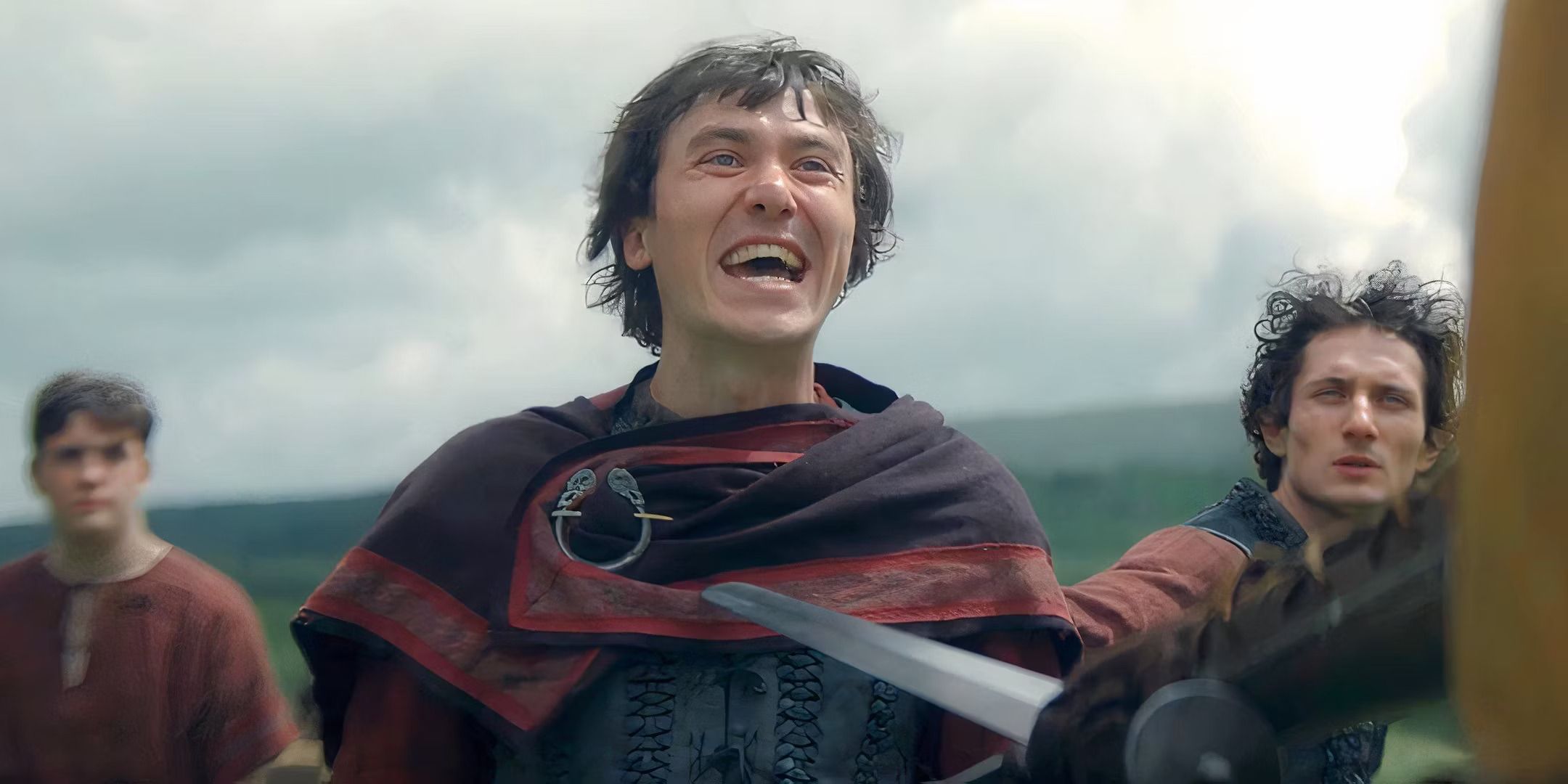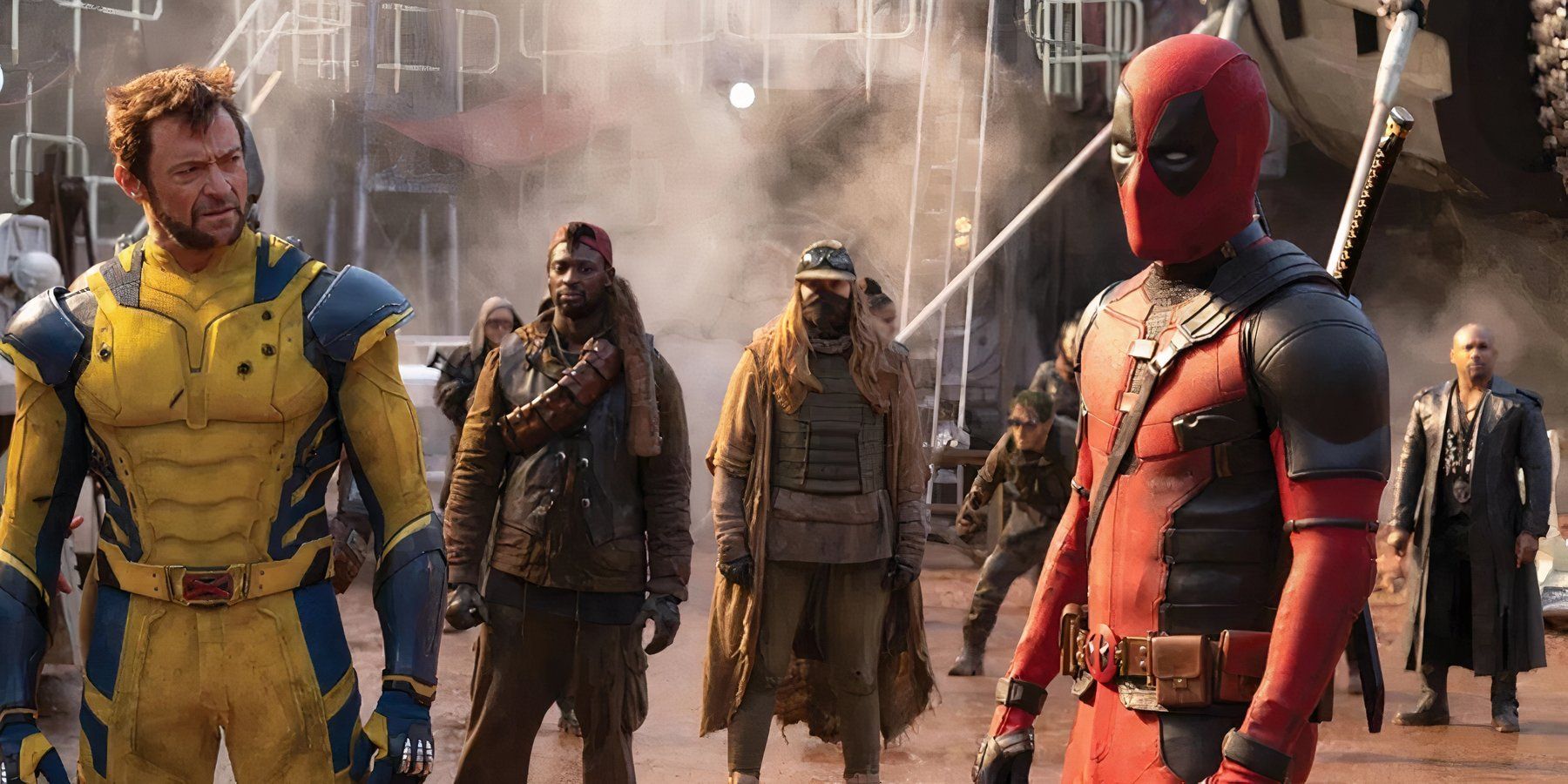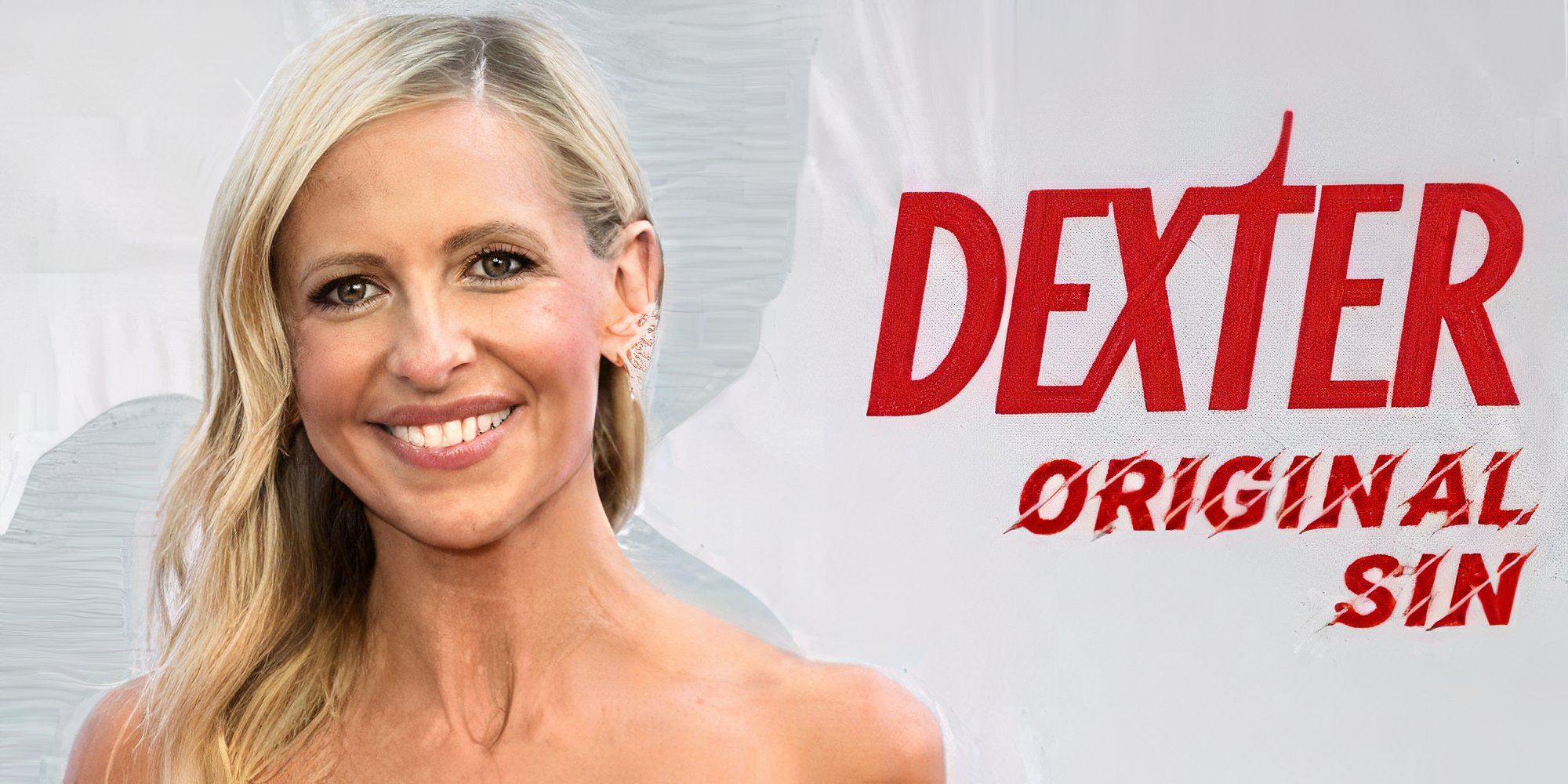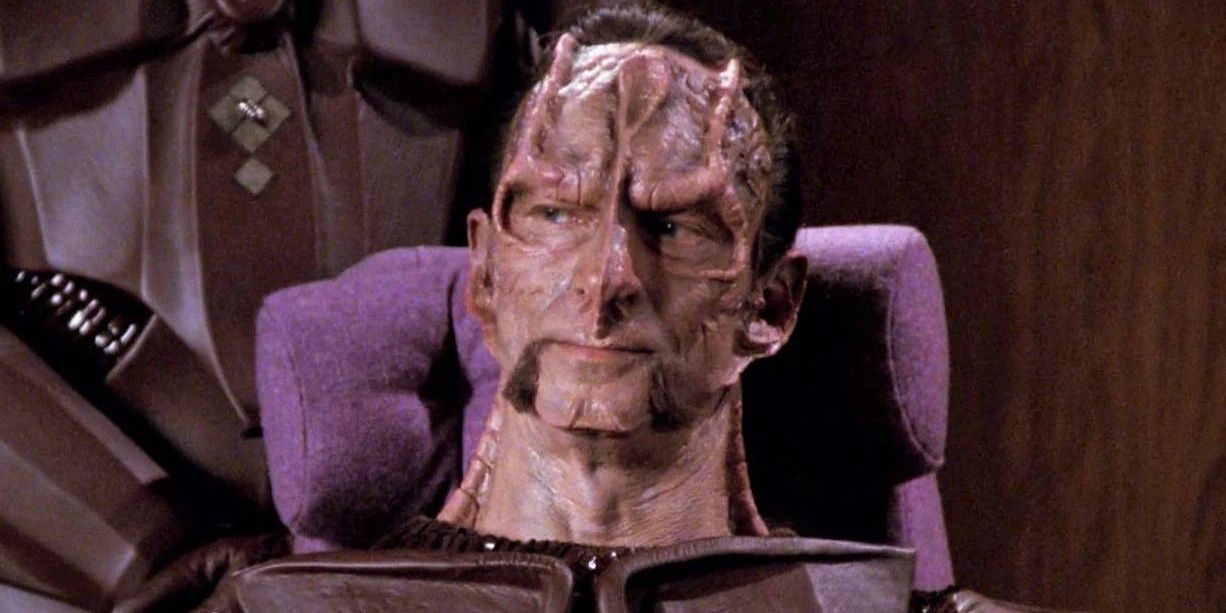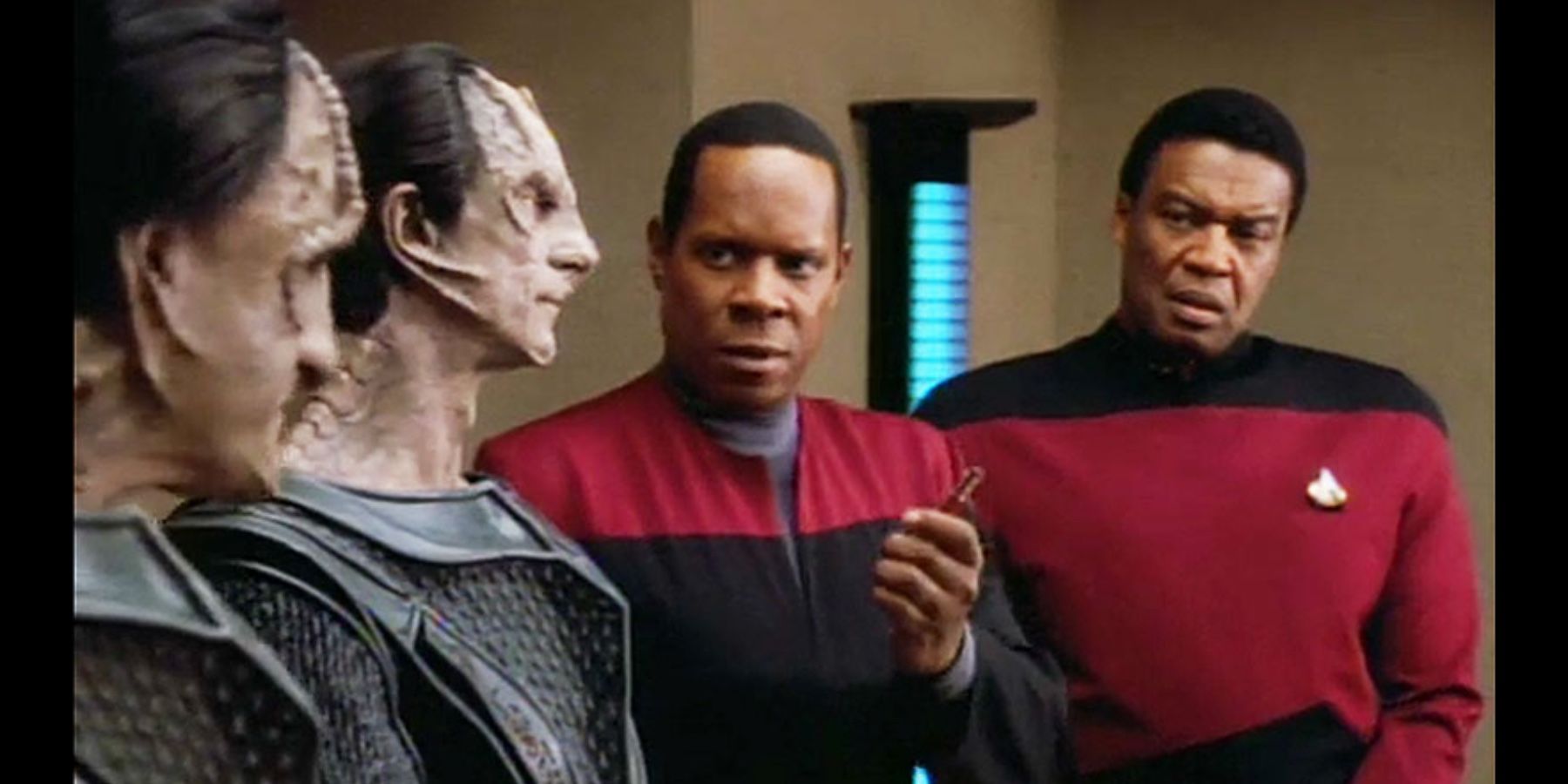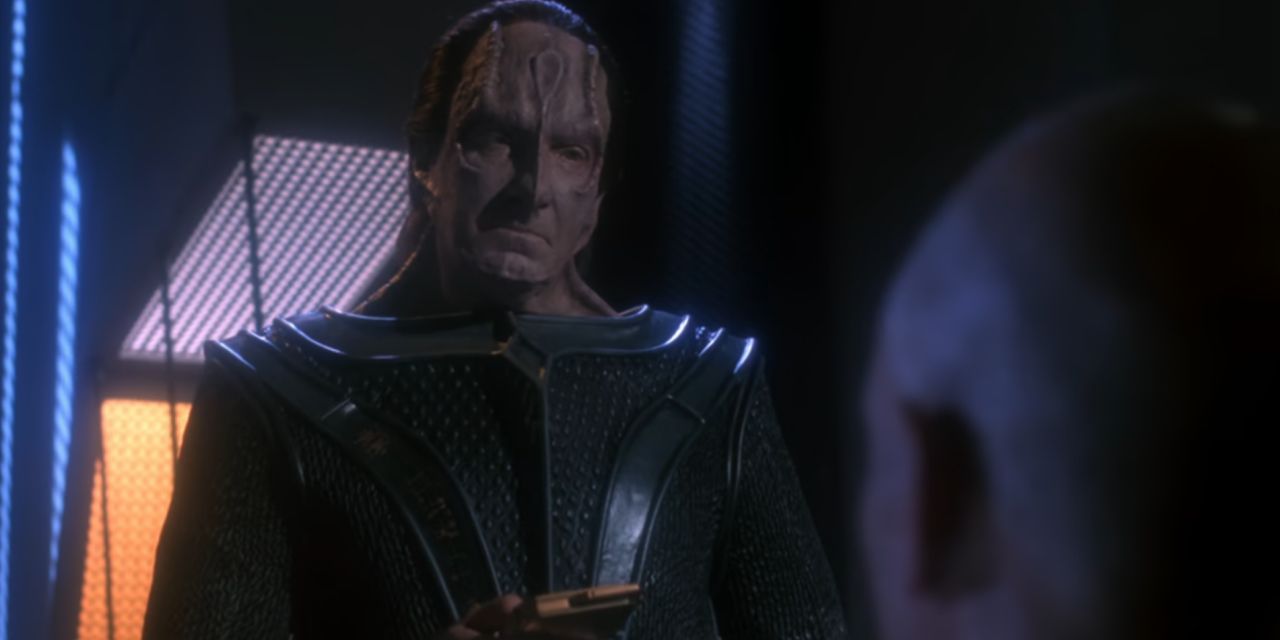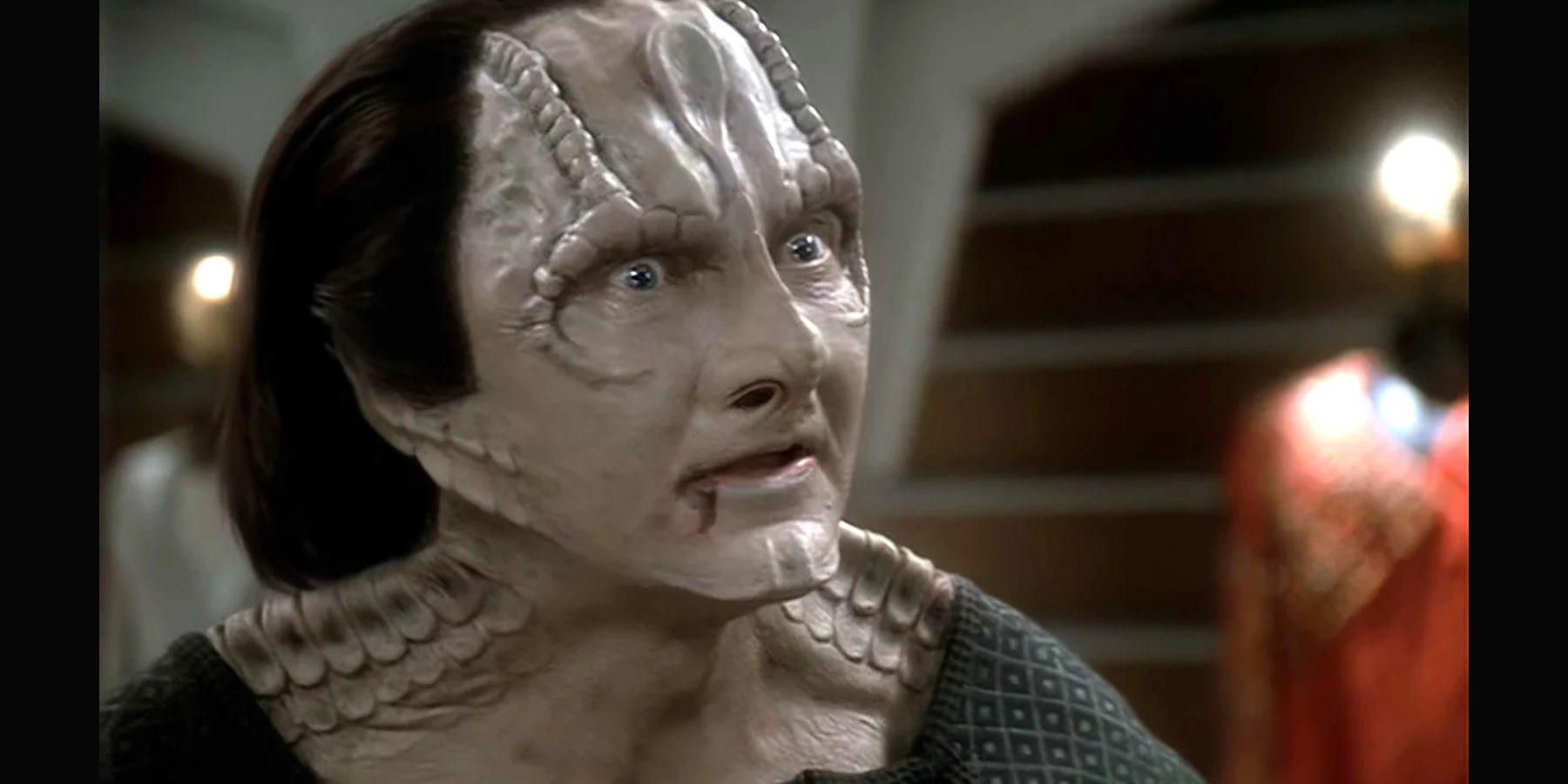Over the years, Star Trek has slowly and steadily expanded. New shows exploding onto the small screen even today, and each one brings with it a new host of characters, alien races, and vastly complex intergalactic socio-political atmospheres.
While new is good, there are still races that return time and again to play important parts in the various shows. Vulcans are one timeless classic, but there are some races that make a big impact in a show, only to be delegated to the background after the show concludes. One of the biggest examples is the highly antagonistic Cardassians.
What is the Cardassian Race?
The Cardassian race is, like many races in the Star Trek franchise, humanoid in appearance, though they are distinguished by the ridges on their foreheads, cheeks, and necks. The Cardassians hold dominion within the Alpha Quadrent. Their space and domain are creatively named the Cardassian Union, at the center of which is their home world Cardassia Prime. Their appearance is memorable, with the dinosaur-like head ridges and gray skin. However, it was their personality and attitude that made them stand out from the rest of Star Trek’s memorable aliens.
Cardassians are among the most ruthless of species known to the Federation. They managed to even surpass the mighty Klingons in their ferocity. Their main attribute is extreme xenophobia toward other races, considering themselves to be superior. The biggest example of this was their occupation and enslavement of the Bajorans, whom they put to work, tortured, and oppressed much like what Nazi Germany did to others during WWII. They are referred to by many as natural predators. To quote the Cardassian enemy and much-disliked Captain Jellico, they have an "instinctive need to establish a dominant position in any social gathering."
Alongside their historic brutality, the Cardassians are known to be extremely intelligent, often due to rigorous training since childhood. They are known to possess photographic memory, and often were able to resist Vulcan mind melds, a staggering feat of resilience and mental discipline. Their hearing, however, was said to be less sensitive than that of humans, and, at least according to Patrick Stewart, they smelled pretty bad.
When Do Cardassians First Appear?
While the Cardassians played a massive part in Deep Space 9's story, they were actually first introduced in The Next Generation. They appeared as a tentative enemy of the Federation throughout their appearances. The fairly militaristic Starfleet had several run-ins with them prior to their first appearance in TNG, despite there being a peace treaty in place between their cultures.
The Cardassians first showed their faces in the episode "The Wounded," which first showed their nefarious nature. However, it was when TNG introduced the notion of the Bajoran occupation and the famed Maquis rebels in season 5 that they began to make a name for themselves as serious antagonists. The episode “Chain of Command” is burned into many a fan’s mind as a prime example of the Cardassians' brutality. In the episode, Picard is captured and tortured by a Cardassian officer named Gul Madred, actions not only sanctioned but encouraged by their government.
Cardassian appearances in TNG left such an impact that they became a main focus of the DS9 series that followed. The titular space station was an old Cardassian station where Bajorans were put to work during the horrific occupation that ended several years prior. The show focused heavily on the tensions between the two races under an uneasy peace treaty, showing not only the emotional aftermath of occupation on both parties, but the awkward line the Federation had to walk to keep peace.
Who is the Most Popular Cardassian Character?
It was in DS9 that some of the most popular Cardassians characters where introduced. The three most memorable are Gul Dukat, Garak, and Legate Damar.
Gul Dukat
Of course, popular does not always mean well-liked. Gul Dukat was a masterfully created villain, hated by many fans but at the same time oddly relatable. He was not always an active villain. Instead, he spent most of his time trying to politically undermine Starfleet for the nefarious gains of Cardassia, all while maintaining and keeping (at least appearing to keep to) the treaty. He ultimately snapped after the death of his daughter and became the unhinged villain he was always supposed to be. He was a slippery character, cunning, smart, and manipulative, all fantastic traits for a great series villain.
Legate Damar
Legate Damar was another great Cardassian figure, whose story is memorable perhaps because of how devastating it was. He replaced as head of the Cardassian Union during the Dominion war, and went from being a big bad guy to one who sacrificed everything to bring peace to the Quadrant. He saved not only the Cardassians, but the Federation, from being entirely wiped out by the Founder dictatorship. He was the first political leader of Cardassia that could have actually made a difference, and brought Cardassians into a new era of peace in which they could make amends for the sins of the past. This was all nipped in the bud. Not only was he brutally killed right in the last moments of war, but his entire family met their deaths too.
Garak
Of course, there could not be a list of favorite Cardassians without including the franchise's best anti-hero and talented tailor Garak. Garak, an ex-spy for the very secretive and often downright evil Cardassian Obsidian Order (basically their equivalent to the Federation's section 31), played a massive part in changing the franchise forever. His actions in the famous episode “In the Pale Moonlight” set the tone for the much darker DS9 series.
However, it was his camp, playful, and often innuendo-ridden persona that made fans fall in love with him. They knew he was dangerous, but it was all so perfectly hidden behind an expert facade that made him so interesting. Occasionally, cracks would show, no more so than in his wonderful monologue in the aforementioned episode. But even then he remained a wonderful enigma that was enjoyable to watch.

